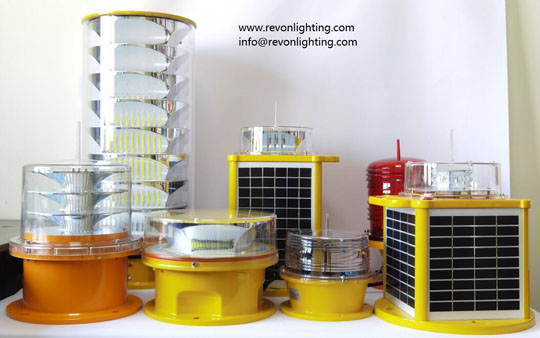Light Obstruction: Understanding its Importance in Aviation Safety
Light obstruction is a critical aspect of aviation safety that helps pilots navigate through the air by warning them of potential obstacles such as buildings, towers, and other structures. These obstructions can pose a significant risk to pilots, especially during low visibility or inclement weather conditions.
Light obstruction is typically indicated by red flashing beacons or steady-burning lights installed on tall structures. These lights serve as essential visual cues for pilots, indicating the presence and height of obstacles and helping them make informed decisions about their flight paths.

The Federal Aviation Administration (FAA) outlines specific regulations regarding light obstruction to ensure maximum safety for pilots. According to FAA guidelines, any structure taller than 200 feet must have adequate lighting to indicate its presence to pilots. Additionally, the intensity and color of the lights used must comply with FAA standards to minimize confusion or interference with other navigational aids.
Proper maintenance and operation of light obstruction systems are crucial to ensuring aviation safety. Extreme weather conditions, harsh environments, and power outages can all impact the functionality of these lights. Therefore, it's important to choose high-quality, durable lights that can withstand these challenges and still perform reliably.
| Light Obstruction | Light Obstruction aviation |
In summary, light obstruction plays a critical role in ensuring aviation safety by providing clear visual indications of potential obstacles for pilots. Compliance with FAA regulations and proper maintenance are key to ensuring their continued performance and effectiveness. By prioritizing light obstruction, we can mitigate risk and enhance the safety of our skies.